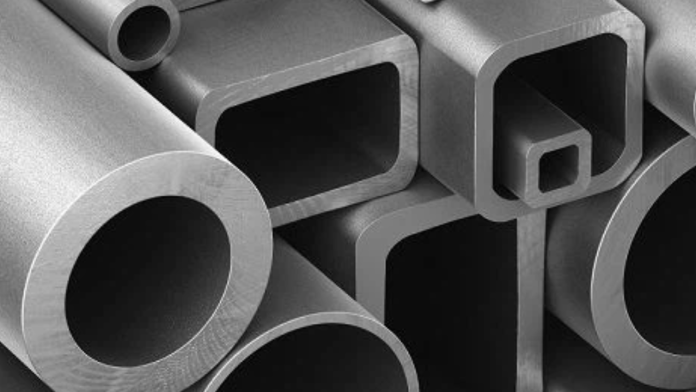Carbon steel and stainless steel are two by and large used materials across various organizations, each with obvious properties that direct their sensibility for unequivocal applications. Carbon steel is principally made out of iron and carbon, offering strength and sturdiness at a lower cost however is defenseless to consumption.
Curiously, stainless steel contains chromium, which approaches a cautious oxide layer, making it especially impenetrable to utilization and staining. In carbon steel vs stainless steel, carbon steel’s solidarity renders it ideal for advancement and assembling purposes, while stainless steel stays the favoured decision for errands including food taking care of, clinical hardware, and marine applications.
Key Differentiations between Carbon Steel and Stainless Steel
Both carbon steel and stainless steel serve basic jobs across a range of tries. Understanding the vital contrasts between these two materials is fundamental for informed dynamics in modern applications.
Creation and Structure
Carbon steel basically comprises iron and carbon, commonly containing up to 2.1% carbon by weight. It might likewise contain follow measures of different components. Iron, chromium, and the addition of extra alloying components like nickel, manganese, or molybdenum make up stainless steel. Chromium is vital on the grounds that it makes a surface uninvolved oxide layer that makes the surface more impervious to erosion.
Protection from Corrosion
Corrosion resistance is one of the most significant differences between carbon steel and stainless steel. Carbon steel is vulnerable to rust and consumption, especially in conditions with high dampness or openness to destructive substances. Stainless steel, nonetheless, shows wonderful protection from erosion because of its chromium content, making it reasonable for applications where consumption is a worry, like marine conditions, substance handling, and food taking care of.
Strength and Durability
Carbon steel is known for its remarkable strength and sturdiness, making it ideal for primary applications like development, auto assembling, and apparatus creation. Nonetheless, its powerlessness to erosion might require defensive coatings or customary upkeep in destructive conditions. Stainless steel offers noteworthy strength and solidness too, yet its erosion obstruction adds to its life span, requiring less upkeep and offering broadened administration life in cruel circumstances.
Appearance and Finish
Carbon steel commonly has a dim dark or dark appearance, frequently with a matte completion. Moreover, Stainless is valued in marine, food handling, and clinical ventures because of its excellent protection from erosion. Hygiene and durability are extremely important in these industries. This settles it a favored decision for structural components, beautiful installations, and customer merchandise where appearance is a huge variable.
Cost Considerations
As far as cost, carbon steel is by and large more affordable contrasted with stainless steel. Its cheaper makes it a favoured decision for enormous scope modern applications where cost-proficiency is vital. Be that as it may, the underlying expense reserve funds of carbon steel might be counterbalanced by higher support and substitution costs after some time, particularly in destructive conditions.
Stainless steel’s predominant erosion opposition and life span might legitimize its higher forthright expense in specific applications where toughness and unwavering quality are basic variables.
Impact on Various Industries
Stainless steel and carbon steel play important roles in a variety of industries, each with unique effects. Carbon steel is fundamental in the assembling, car, and development ventures because of its reasonableness and strength. Regardless, its frailty to utilise needs wary help in disastrous circumstances.
Then again, stainless steel is valued in marine, food handling, and clinical ventures because of its excellent protection from erosion. Hygiene and durability are extremely important in these industries. Its lean toward the building and buyer products industries is also reflected in its stylish appeal.
Final Outline
While both carbon steel and stainless steel enjoy their separate benefits and restrictions, understanding their key distinctions is fundamental for choosing the most appropriate material for explicit modern applications. Factors like erosion opposition, strength, appearance, and cost should be painstakingly assessed to guarantee ideal execution and life span in different businesses.







